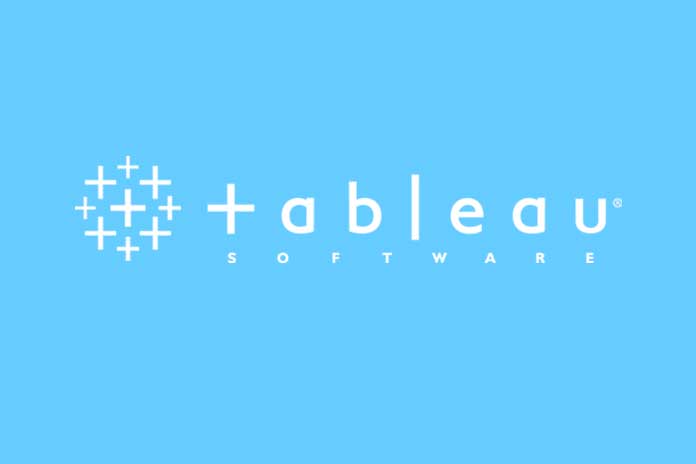A visual and intuitive information investigation assists organizations in taking advantage of information better and all the more actually. Present-day Business Intelligence advances because of Data Visualization and Data Storytelling. Organizations need functional apparatuses to see, break down, and comprehend information without needing specialized abilities to question and view data. One of the apparatuses that have developed toward this path is Tableau, a Stanford Data Science project pointed toward working on the progression of examination and making information more available to individuals with Data Visualization.
Data Visualization: The Visual And Intuitive Analysis That Transformed Business Intelligence
Data, we will never tire of saying it, has enormous potential. It can transform actions, activities, processes, strategies, it has the power to change anyone’s course, as long as people can use and exploit them to the fullest. A challenge as banal in theory as it is complex in practice requires, as we have repeatedly reiterated in the pages of our blog, a culture of data spread along with all organizational and operational levels of a company.
While it is true that the development of a data culture must necessarily start with data experts, those who promote best practices and encourage skills to ensure that even people who do not have technical skills can work on data, it is equally valid that the value of this culture is expressed when the entire organization manages to be more effective, faster, more precise in making decisions, both of a strategic and operational nature. This is where the potential of Data Visualization comes in, to be understood as the possibility of seeing data represented in graphical form (tables, graphs, maps, diagrams, flows, etc.) to increase its usability, accessibility, and, above all, understanding.
The projection of data in graphic form is the antechamber of Data Storytelling. It is the element thanks to which the analysis and interpretation of the data and, therefore, the extrapolation of the “story” become more straightforward and intuitive. That is, of the information and knowledge contained therein, fundamental for the decision-making process, that is, to ensure that concrete actions of value for the business arise from such information. The data are fundamental, but it is always good to reiterate that they represent only one piece of the puzzle.
It is essential – and today more than ever necessary – to equip people with the right tools to analyze, understand and communicate data to fully exploit its potential, especially in increasingly complex and dynamic contexts such as those faced by competing companies. In global markets. Tools that must be advanced from a technological point of view but simple to use so that people can see the benefit firsthand.
What Is Tableau, And How Does It Works
Tableau is just one of these tools; it is a Data Visualization platform that has made the so-called Self-Service Business Intelligence its flag, bringing data analysis within everyone’s reach and no longer just the prerogative of IT experts and people with technical and specific skills in data.
Founded in 2003, Tableau is a company that started as a computer science “university project” within Stanford; a project that had the goal, from the beginning, to improve the flow of analysis and make data more accessible to people through visualizations and graphical representations of the data.
VizQL
A system that “expresses” data visually, translating drag-and-drop actions into data queries through an intuitive and easy interface. to use. The stage permits you to do a start to finish investigation of all organization information: with accessible simplified highlights, individuals can gather the information to “inquiry” to do the examination they need from any source, no matter what the first configuration of the information (the stage locally incorporates progressed devices that permit you to “standardize” the information, i.e., to clean and coordinate them so they can be taken advantage of 100% of the time by the people who need them).
The Data Visualization part most backings individuals in Business Intelligence and information investigation processes: the stage has vital information handling capacities that it returns in various realistic structures (intuitive dashboards, charts, and data dashboards that are not difficult to decipher and share. ) ready to react instinctively to client inquiries, consequently drawing out the data “stowed away” in the information and essential to finance managers.

